Today is World Tsunami Awareness Day. It is a timely opportunity to create greater global awareness about tsunamis as a geological hazard. Before asking how we can stay safe (or safer) from tsunamis, we must first think about how we might improve on the resilience of our current and future infrastructure.
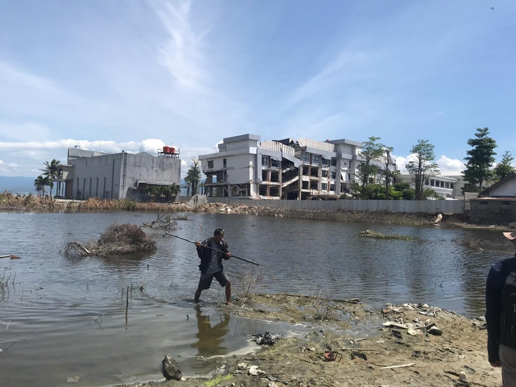
Let’s start by looking at what a tsunami is. A tsunami is a series of waves caused by an underwater earthquake, a volcanic eruption, a landslide, or meteorological processes (meteo-tsunamis).
So why is SE Asia vulnerable to tsunami hazards? First of all, SE Asia lies in a complex tectonic setting that contains many fault systems and volcanoes. Coupled with a high population density and a tight network of infrastructure in coastal areas, one can imagine just how devastating it could be to those communities should a natural disaster, like a tsunami, were to strike.
In 2018, SE Asia was hit by two destructive tsunamis; the Palu tsunami which was triggered by a large earthquake and an underwater landslide, and the Sunda Strait tsunami which was caused by the collapse of the flank on Krakatau volcano. Both resulted in significant damage to the infrastructure, considerable loss of lives and injuries, as well as the displacement of the coastal populations. It is clear that preventive measures are needed to reduce and better manage the impact of a tsunami.
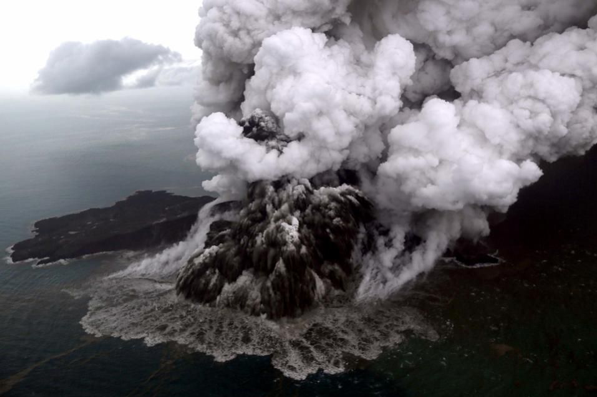
When a tsunami hits a coast, complex wave patterns are produced. The topography of the coastline affects things like the inundation area, flood heights, and the speed of the tsunami. Scientists at the Earth Observatory of Singapore (EOS) discovered that the 2018 Palu tsunami had a velocity that likely exceeded 5 metres per second and possibly reached more than 130 metres inland.
Most tsunami-related damage are caused by the strong currents and floating debris. The sheer volume of water brought in by the tsunami often inundates the land, preventing the efficient evacuation of the people.
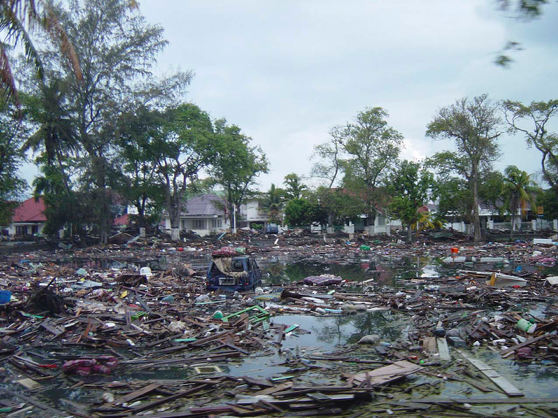
Solutions to increase resilience against tsunamis are currently being explored. These include the construction of sea walls, and buildings that sit on top of concrete pillars to allow water and debris to flow underneath them. However, according to Assistant Professor
David Lallemant, who leads the Disaster Risk and Resilience Analytics Lab at EOS, “having open areas at the bottom of the building for water to pass through does not work whenever debris get stuck. At the same time, these pillars significantly increase the vulnerability of buildings whenever strong shaking occurs from an earthquake”.
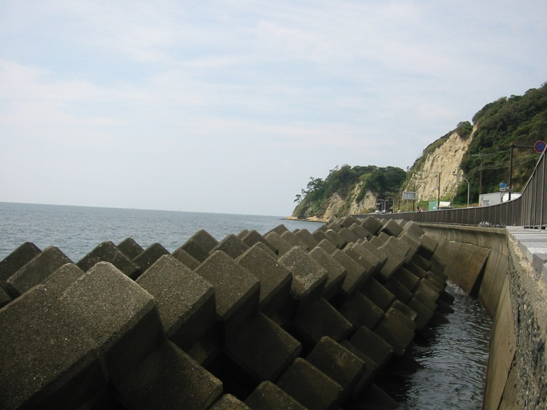
“Tsunami risk mitigation is really focused on early warning and evacuation to save lives, or protection at the urban or regional scale,” said Asst. Prof Lallemant. “And these should involve nature-based or engineered protective infrastructure, rather than building level interventions.”
Associate Professor Adam Switzer, an EOS principal investigator who is an expert in using coastal stratigraphy to characterise catastrophic marine events, explained that “a mixture of nature-based solutions (e.g. mangroves, dunes, and forests), as well as hard engineering, provide most of the answers. But they must be combined with education on the limitations of coastal defences and plans for what to do in the event of a pending tsunami”.
Even though the risk is low, Singapore too can be affected by tsunamis that are produced by hazardous events on the Sunda Shelf (covering Borneo, Java, and Sumatra) and the Manila Trench.
“In Singapore, regulations put in place in 2013 promote building safety from shaking caused by large distant earthquakes,“ explained Asst. Prof Lallemant.
Assoc Prof Switzer added that “the risk of damaging coastal floods from tsunamis is likely small” and so the elevated buildings and Singapore’s Greater South Waterfront, as mentioned by the Prime Minister in his 2019 National Day Rally speech, are unlikely to be strongly affected. However, “tsunamis do generate strong currents in harbours that can affect shipping and recreational activities, like swimming and diving.”
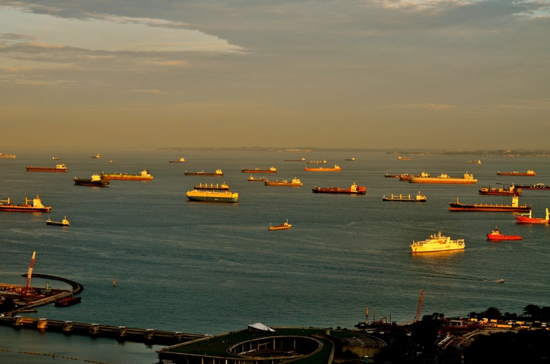
In other words, nature-based and engineering solutions, public education, and careful planning can keep us better protected from tsunamis in the future.